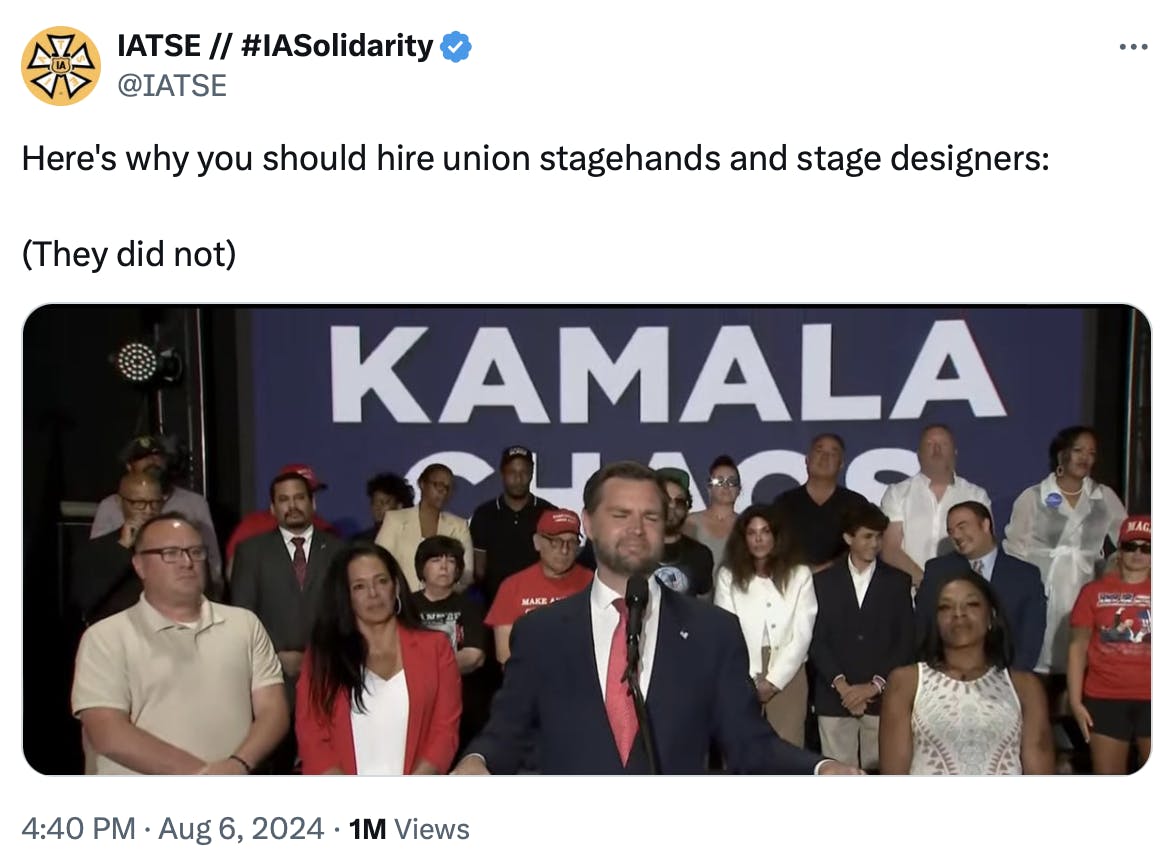Humiliating New Polls Spell Doom for J.D. Vance … and Trump
J.D. Vance has somehow managed to become even more unpopular.

J.D. Vance was not seen as the popular choice when Donald Trump selected him as his number two—and the Ohio senator has proven even less popular since joining the ticket.
Several polls have indicated that Vance has overwhelmingly underperformed among American voters, making him the least popular nonincumbent veep candidate since 1980. Vance’s popularity has sunk by 8.8 percentage points since his vice presidential candidacy was announced at the Republican National Convention, according to a polling average aggregated by FiveThirtyEight.
One poll conducted by Public Policy Polling on July 31 found that 47 percent of polled Americans found Vance to be unfavorable, while just 30 percent considered him favorable. An ABC News-Ipsos poll conducted between July 20 and July 27 found that Vance’s favorability had dropped by nine points, and an AP-NORC poll conducted between July 15 and July 29 saw Vance’s favorably drop by eight points.
That’s in stark contrast to other recent vice presidential nominees, who all managed to keep their heads above water in the weeks following their nominations.
Voting blocs that have turned away en masse from Vance include women, independents, and Black voters. His favorability with those groups has tanked by double digits, according to The Washington Post. Vance’s reputation has also collapsed with college-educated voters, with whom his image has declined by 28 percent, according to an August Marist poll.
But confusingly, Trump has continued to send Vance out to campaign events all week, while the Republican presidential nominee has remained largely out of the public eye. Given Vance’s low appeal, it’s unclear how this strategy helps the campaign.










